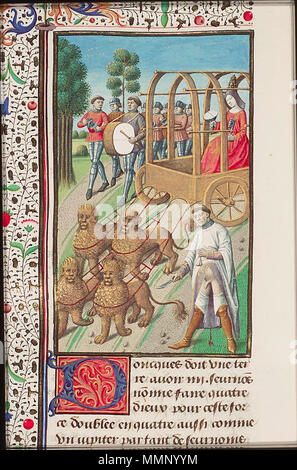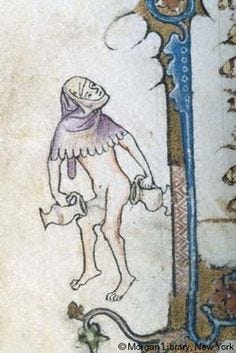


They mistook the mere penis for a phallus. He has been purified, rendered coherent, and, we might imagine, been granted an immunity to any further castration, for, as Bonnie Wheeler observes, “this lack…makes the castrated Abelard whole.” Roscelin and the other bullies simply did not understand the gift Abelard has been given. Here, Abelard preserve his masculinity not despite but because of his castration. To counter his contemporaries’ jokes-in 1118, Roscelin of Compiègne mocked Abelard as an “imperfecti hominis” (imperfect man), no longer deserving to be called “Petrus,” because of the name’s masculine grammatical ending, and as having two heads “unum viri, alterum mulieris” (one a man’s, and the other a woman’s) -Abelard reframed his castration as a “just judgment” and “an act of divine mercy” that “me…mundavit potius quam privavit” (cleansed rather than deprived me). Abelard drew on this very notion to make sense of his injury. Excepting, of course, only the supposedly less faulty object of masculinity itself.

If acquiring castration anxiety means giving up on one’s desire (for the mother, and so on) in exchange for two things-a phallus and social identity borrowed from the father, and a shifting set of always inadequate substitutes for a lost primary object-then clerical castration desire just follows this logic out to its end by giving up entirely on the false consolations of every faulty object. But they could participate in this power through gaining what we might call a “higher” phallus by losing the one below. To be sure, this clergy did not seek castration, psychoanalytically speaking they still wanted all the illusions of mastery necessary for the masculine theater of power. For at least with the celibate Christian clergy of the Middle Ages, the promotion of chastity and bodily mortification meant that the possession of the male genitalia, not their loss, was the dilemma. That “despite” is the problem: any approach to castration that preserves the supposedly natural fit between genitalia and gender is as prone to stumble as any other culturally specific “natural fit” when it encounters alien cultural material.

Standard scholarly approaches to castration have therefore followed Jean de Meun in believing that its result is to rob someone “not just of his testicles” but “of the boldness in human ways that should exist in valiant men.” Particularly with Abelard, they have tended to examine how castrates sought to reconstruct themselves as men despite the injury. There is no need to take this narrative literally to recognize its operations across a host of relations in which castration, or symbolically analogous harms, become, as they are in my first paragraph, the sign of the ultimate humiliation, and its threat and practice what bonds dominant groups. The child’s reward is being installed advantageously within prevailing social hierarchies. With this, the child's primary family relationship shifts from one of care (between child and mother) to one of submission and obedience (between child and father). When the male-identified child is taught that his mother has no phallus, he fears losing his too bullied by this fear out of his claim to the mother, he invests the father with the phallus and imagines that he has let the child keep his own, lesser one, so long as he allies himself with this paternal tyrant against socially "castrated" women. Psychoanalytic models typically understand castration anxiety as the psychic origin of gender hierarchy and, by extension, idealizations of social dominance in general. This is all, I trust, distressing, but none of it is particularly surprising, especially if we approach these cases, as is almost inevitable, under the influence of psychoanalytic storytelling.


 0 kommentar(er)
0 kommentar(er)
